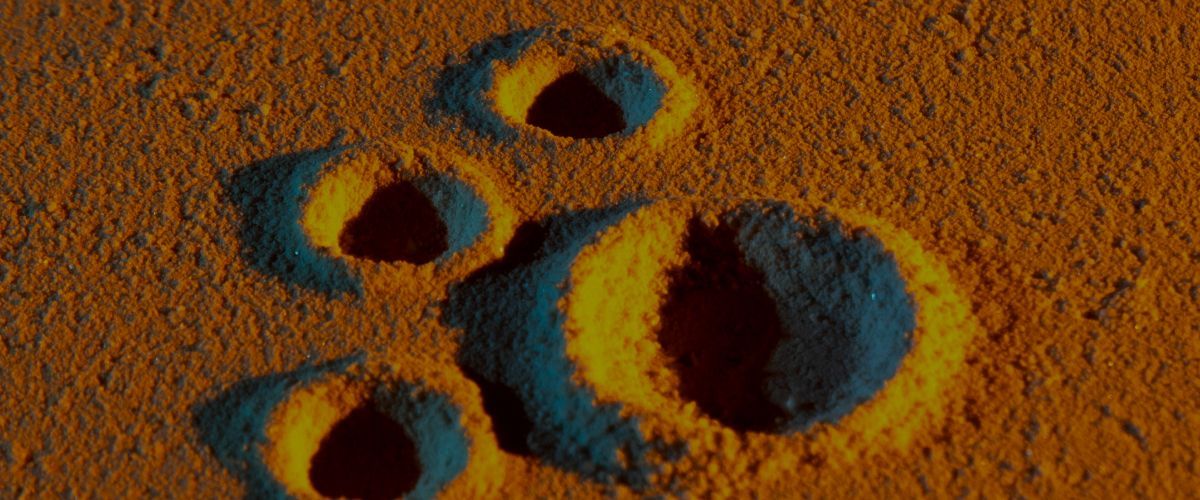Toxic Plants for Pets
Many common household and garden plants can be toxic to pets, posing serious health risks if ingested. Knowing which plants are dangerous is essential for keeping your furry family members safe. Toxic plants for pets can cause a range of symptoms—from mild stomach upset to severe poisoning—depending on the plant and the amount consumed.
Some of the most common toxic plants include lilies, azaleas, sago palms, tulips, and oleander. For cats, lilies are especially dangerous and can cause kidney failure even in small amounts. Dogs are particularly vulnerable to sago palms, which can lead to liver damage. Other plants like pothos, philodendron, and dieffenbachia (dumb cane) can irritate the mouth and digestive tract of both cats and dogs.
If you suspect your pet has chewed or eaten a toxic plant, contact your veterinarian or an emergency pet poison hotline immediately. Signs of poisoning can include vomiting, drooling, lethargy, tremors, or difficulty breathing. Acting quickly can save your pet’s life.
To prevent accidental ingestion, research any plant before bringing it into your home or yard. Keep toxic plants out of reach, or better yet, choose pet-safe alternatives like spider plants, Boston ferns, or areca palms. A little precaution goes a long way in keeping your pets healthy and safe.







